The European Commission published on 25 February a new delegated regulation on the provision of accurate caller location information to emergency services. As of 17 March 2022, all smartphones in the European Union will have to be equipped with a technology providing accurate handset-derived location (GNSS, Wifi) information to the emergency services, for instance through Advanced Mobile Location (AML).
AML is already in all phones, so what does this bring? This legislation will make sure that all smartphones have technologies that enable AML. While Google and Apple are not impacted by this legislation, as their phones already support AML, this means that any newcomer on the market will need to comply with this mandate.
How is that different from the European Electronic Communications Code (EECC)? The EECC which was voted a few months ago makes sure that by 20 December 2020, emergency services make use of this handset-derived location information. Hence, the new delegated regulation complements what was mandated in the EECC by adding a mandate on the handsets-side.
Benoit Vivier, EENA Public Affairs Manager, comments: “EENA welcomes this great achievement for people’s safety in Europe. This delegated act will bring some legal certainty by making sure that technologies such as AML will still be in place in the years to come and that people will be correctly located when contacting emergency services.”
The legislation is a delegated regulation which supplements the so-called Radio Equipment Directive.
AML is part of a smartphone’s operating system, which, in the case of an emergency call will send accurate caller location information directly to the emergency services. Already supported in Android and Apple iOS devices, it is already operational in 14 countries.
You can find more information about AML on the RELATED DOCUMENTS sidebar.
